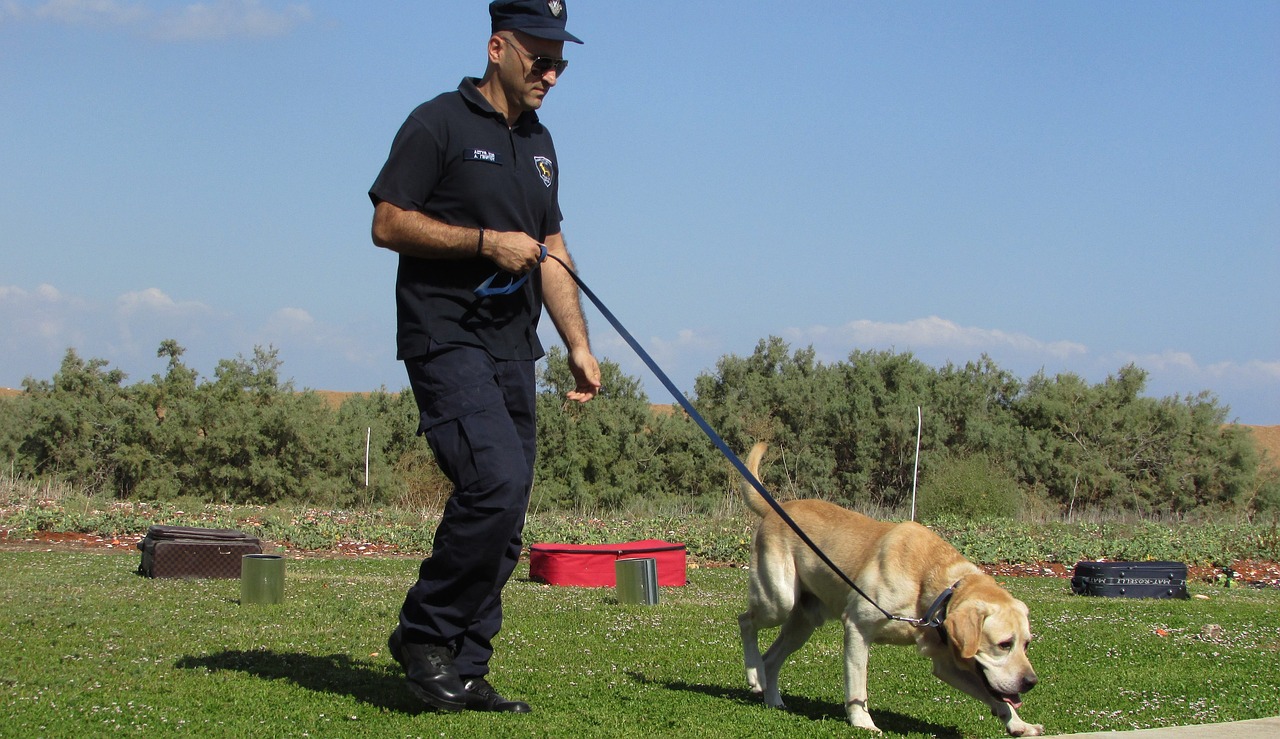The Best Guide To Spring Canine
Table of ContentsThe 7-Second Trick For Spring CanineExcitement About Spring CanineNot known Incorrect Statements About Spring Canine 4 Easy Facts About Spring Canine ExplainedWhat Does Spring Canine Mean?Facts About Spring Canine Revealed
In science-based training, in-depth understanding of canines, their nature, behaviour, timeless conditioning, punishers, reinforcers, every little thing pertaining to it enters account. Science-based canine training is continuously being enhanced from the outcomes of examinations by animal behaviourists to try to truly comprehend dogs. Science-based pet dog training or it can be taken into consideration as contemporary approaches.The canines discover by the results of their behaviour, whatever those repercussions might be. In this technique, all fitness instructors comply with the law of science. The difference in between the traditional and modern-day is that the conventional trainers are usually not aware of the regulation of the scientific research that underpins the results they are obtaining.

Something failed. Wait a moment and attempt again. Try once again.
What Does Spring Canine Mean?
We utilize cookies on our website to offer you the very best experience by remembering your preferences and repeat brows through. By clicking "Accept", you consent to the use of ALL the cookies. Do not offer my individual information.
Most individuals like their hairy buddies. Nevertheless, not every minute is pleasurable when your pet isn't trained to behave in details methods or stay clear of unwanted behaviors. There are numerous strategies handed down from unidentified sources that tell you the very best methods to obtain your canine not to do something. What is the best approach, and how do you use these techniques? Discover the most typical methods for how to educate your pet dog, along with what methods not to use.
The very first is the aversive-based approach. The second is the reward-based approach. Aversive-based (discipline) training is when you use favorable punishment and unfavorable support techniques with your dog. Reward-based approaches make use of benefits just for the behaviors that you want your dog to comply with. Aversive-based training uses techniques like loud, unpleasant noises, physical modifications, and rough abuses to get your pet dog to act the method you want.
What Does Spring Canine Mean?
Treats, tummy scrubs, or other dog-pleasing actions are made use of to enhance that an actions was great. Various experts like one technique over the other. https://spring-canine-45840950.hubspotpagebuilder.com/blog/top-dog-tips-a-comprehensive-guide-for-canine-care. The one that you use is totally approximately you. Some individuals believe that a rewards-based technique establishes an "event sequence" for your pet dog where they link you with pleased sensations when they do what they're informed.
That concern means that your canine does what they are informed to stay clear of undesirable sensations. Pets discover a great deal like little kids. Every pet reacts to the tone of our voice more than the real words.
Flexible discovering is just how well your dog finds out from their environments and visit homepage the setting around them to solve problems. Functioning and obedience are exactly how well they discover the tasks and commands that you educate them. To obtain your pet to be obedient, you need to concentrate on training that utilizes obedience methods and the certain habits you desire from them.
If you're educating your pet dog to be a caring pet dog, you need to think about reward-based obedience training. This technique does not establish fear-based responses in your dog. It really strengthens your loving connection with them. Pets are wise adequate to discover the behaviors that you desire them to have. They are additionally clever enough to learn what they can escape.
The Spring Canine PDFs

When your pet executes the habits, they should get their incentive. When you are making use of reward-based training, your pet requires to recognize that there are consequences for behaving in a way you do not like.
As an example, a pet dog that likes to leap approximately greet their people when they come into the residence can be unsafe for a kid or an older grownup. To train them not to raise at you, do not welcome them or provide attention if they lift.
The Of Spring Canine
Maintain a treat in your hand while you do this. When the canine doesn't jump, give them the treat, and repeat the job till your dog does not jump up when you can be found in. You must try this with all of individuals that your pet dog obtains thrilled to see when they enter your residence.
When you're teaching your pet dog something brand-new, bear in mind that they have the attention period and intelligence of a two-year-old. Your training sessions need to be short and to the factor. Limit them to 15 mins. Concentrate on one job or habits to ensure that they do not end up being overwhelmed. Make certain that you're making use of the very same commands for the behaviors that you desire.
For example, if you wish to educate your canine to rest, you will confuse them if you state "Relax" one session and then state "Fido, relax or no reward" later in the day. They may not recognize what to do. The American Kennel Club identifies five fundamental commands that every canine need to know.
Regional pet dog associations can also assist you with behavioral issues or with fundamentals. The AKC has over 5,000 clubs around the nation.
The smart Trick of Spring Canine That Nobody is Talking About
